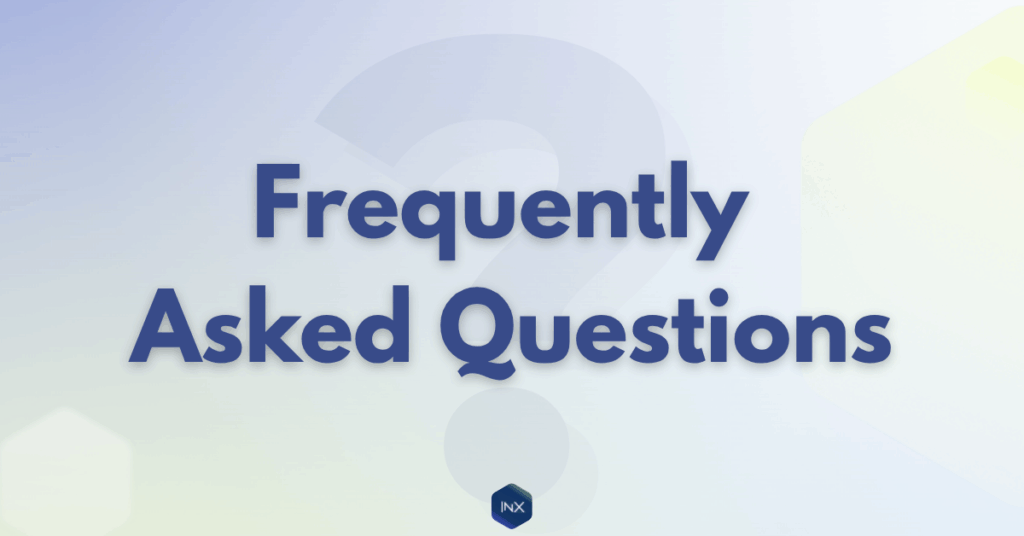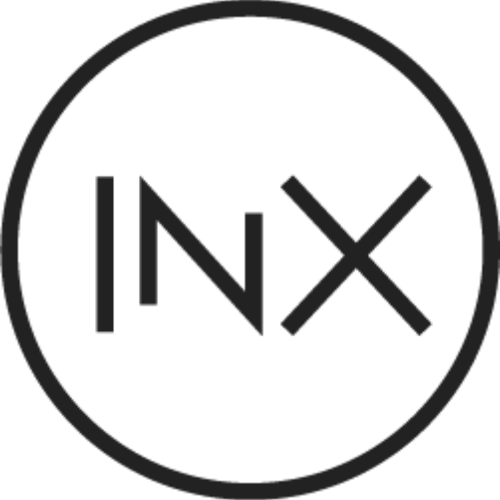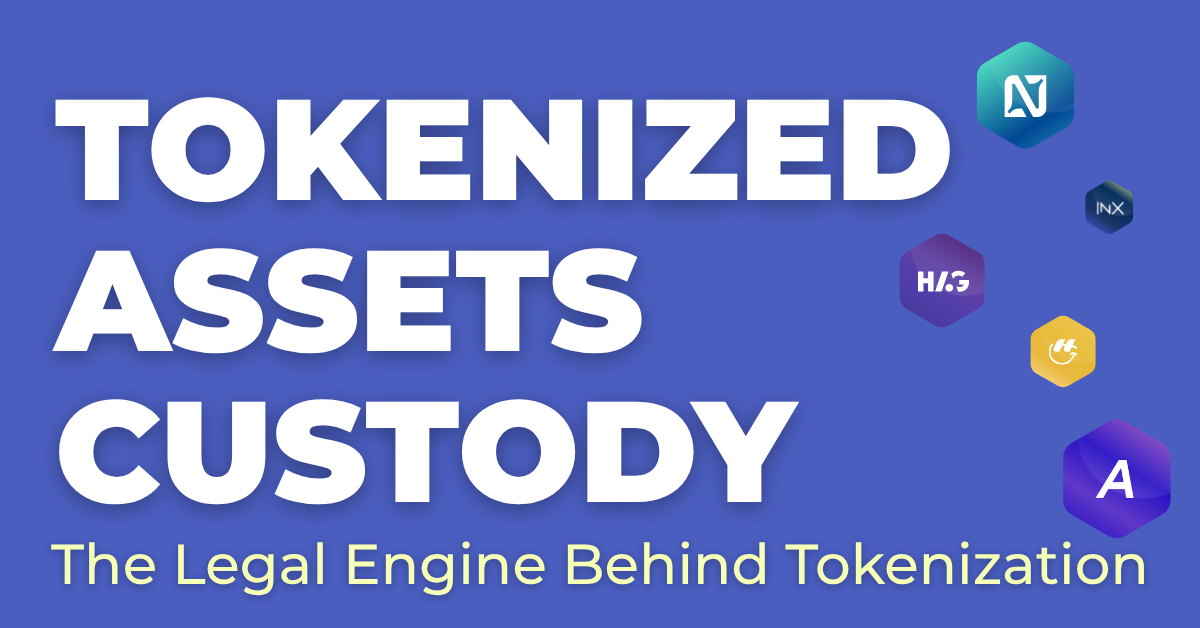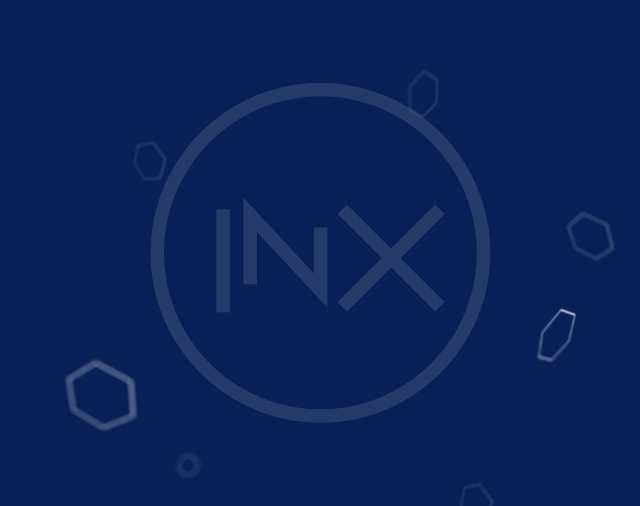If you’re a crypto-native investor used to self-custody and DeFi protocols, the idea of asset custody might feel out of place. With tokenized assets like stocks, treasuries, and real estate, custody is the legal backbone of the entire structure.
Before you invest in any tokenized assets, you should understand how your assets are managed and protected legally behind the scenes. This guide breaks down how custody works in tokenized markets, why it matters, and what you should know before investing.
What is Custody in Tokenization?
Custody in tokenization refers to how the underlying asset behind the tokenized asset is held and safeguarded. For crypto natives, this might feel disjointed since custody of crypto usually means holding your wallet keys yourself – “not your keys, not your crypto.”
Things are a little different with tokenized assets since these assets are off-chain assets, e.g., physical gold, stock certificates, real estate titles, or legal claims on revenue. In traditional finance, that might mean a trust company or bank holds physical share certificates, real estate titles, or cash on your behalf.
In tokenized markets, a qualified custodian holds the real-world asset while a tokenized version is issued on-chain. Custody ensures that the asset is managed securely and also handles the administration of assets in a legally compliant way.
Why is Custody Necessary for Tokenization?
Custody creates the legal and operational bridge between traditional finance and the blockchain. This is essential to ensure that tokenized assets stay authentic and not just another crypto token. Without proper custody, a tokenized RWA token becomes an on-chain placeholder with no enforceable claim to the assets it represents.
The entire value proposition of tokenized real-world assets depends on the reliability of the custody structure beneath it. Custody also ensures that investors are protected by keeping legal ownership rights secure. If you hold a tokenized bond or equity share, you should be able to exit your position or claim dividends when due.
Regulated custodians are required to segregate assets, maintain up-to-date records, and undergo regular audits. This ensures that your investments are insulated from platform-level risks like bankruptcy or fraud.
Lastly, custody supports legal compliance as required by securities law enforced by regulatory bodies like the SEC. Most custodians support the legal requirement around KYC, transfer restrictions, and account reporting as expected to maintain regulatory compliance.
How Tokenization Custody Works in Practice
A custodian can be a trust company, regulated broker-dealer, bank, or any financial institution that meets specific licensing and regulatory requirements. In the United States, custodians handling tokenized securities must typically qualify under SEC rules as “qualified custodians.”
Qualified custodians are legally required to carry out obligations like meeting the capital requirement, keeping up-to-date records, and carrying out regular audits. The tokenization process usually starts with the issuer depositing the real-world assets with a qualified custodian.
The custodian then verifies the asset, establishes legal ownership, and ensures that it’s secured and compliant with applicable regulations. Only after this step is complete does the issuer create a token on a blockchain to represent the asset. In some cases, companies act as both the issuer and custodian by holding required licenses. In these cases, the same company handles the issuance of tokenized assets and their safekeeping, offering an integrated model.
In other cases, issuers partner with independent custodians to maintain legal separation and operational clarity. What matters is that the custodian is fully regulated and able to support both the asset and the issued tokens under securities law.
Some institutions are taking this further by issuing Liquid Custody Tokens (LCTs), tokenized representations of assets held in secure custody. This approach, known as liquid custody, allows assets to remain both secure and trade-ready without compromising legal or regulatory standards. This offers issuers and custodians a way to maintain full control over assets securely without locking them out of the market.
Once the token is issued, the custodian continues to maintain records of ownership, enforcing transfer restrictions and handling investor redemptions. This ensures the asset is always available for redemption or sale at any point.
Legal Enforcement and Regulatory Clarity in Asset Tokenization
Tokenized assets represent ownership of their underlying assets, but how legally enforceable is that right? As the GDF Tokenization Report explains, “Legal structuring must mirror traditional financial practices, ensuring the rights embedded in tokens are enforceable in court.”
Under the law, tokenized assets’ legal interests are only valid if:
- Licensed custodian manages the underlying assets
- There are clear records of legal ownership
- Physical assets like gold are stored in a regulated structure, and certificates of ownership are held by the custodian.
The legal enforceability depends on the transferable legal right, custody standard, and not just the token standard on the blockchain. Without a proper custody structure, token holders may end up with no claim to the assets in a dispute.
What to look for in a Tokenized Asset’s Custody?
If you’re looking into buying tokenized assets or issuing one, custody isn’t just another checkbox. It plays a key role in the process; custodians ensure that the tokenization process works smoothly. Here are some key questions to ask:
- Who is the custodian, and what licenses do they hold?
- Are assets held in segregated accounts, not mixed with company funds?
- Is the custodian integrated into issuance, trading, and settlement workflows?
- Are regular audits publicly available?
If the answers aren’t clear, that might point to an underlying problem with the issuer or custodian. A better option is to trade/issue your tokenized token on a regulated platform like INX with proper checks in place to protect your rights.
INX and Custody
As a U.S.-regulated platform, INX works with licensed custodians to manage the safekeeping of tokenized stocks, treasuries, and other digital securities. This ensures that every token on INX is linked to a real-world asset held under proper legal structures.
The team provides full support for token issuers, from structuring the offering and selecting the right custody partners to enabling secondary trading on a compliant exchange. INX also partners with BItGo on the Go network to support Liquid Custody for issuers on INX. The integration provides an institutional-grade custody infrastructure that is both compliant and secure. As an issuer, INX helps you navigate everything from compliance to custody to capital formation.
For investors, INX ensures proper vetting of all tokenized assets and that they meet all legal compliance requirements.
Custody may not be the most talked-about part of tokenization, but it’s the part that makes everything else work. Without it, tokens are just data; custody is what makes them enforceable, tradable, and legal assets. As the tokenized asset space grows, custody will define the difference between speculative tokens and real investment-grade instruments.
And if you’re looking for a place to buy, trade, or issue tokenized assets with confidence, INX.one offers a U.S.-regulated platform with custody, compliance, and secondary trading all in one place.

1. What’s the difference between crypto custody and tokenized asset custody?
Crypto custody usually means self-custody holding your private keys yourself.
Tokenized asset custody, however, involves a licensed third party (a qualified custodian) that legally holds the underlying real-world asset like a bond, stock, or gold while the digital token represents ownership on-chain. This ensures legal protection and regulatory compliance.
2. Why is regulated custody essential for tokenized securities and RWAs?
Without regulated custody, tokens representing real-world assets lose their legal enforceability.
Custody provides the legal bridge between blockchain and traditional finance, ensuring that token holders have a verifiable claim to the real asset, protected under securities law.
3. Who can act as a qualified custodian for tokenized assets in the U.S.?
Qualified custodians can include regulated trust companies, broker-dealers, and banks that meet specific SEC requirements. They must maintain separate accounts, conduct audits, and comply with capital and reporting obligations to safeguard investors’ assets.
4. How can investors verify whether their tokenized assets are safely held?
Investors should check:
- If the custodian is licensed and regulated.
- Whether assets are held in segregated accounts.
- If regular audits are conducted and publicly available.
- Whether the trading platform (like INX) clearly discloses its custody partners and regulatory framework.
5. What is Liquid Custody and how does it benefit investors and issuers?
Liquid Custody refers to the use of tokenized custody models like Liquid Custody Tokens (LCTs) that keep assets secure while still enabling on-chain trading and transferability.
This system maintains full legal compliance while providing liquidity, allowing assets to stay both protected and market-ready.



